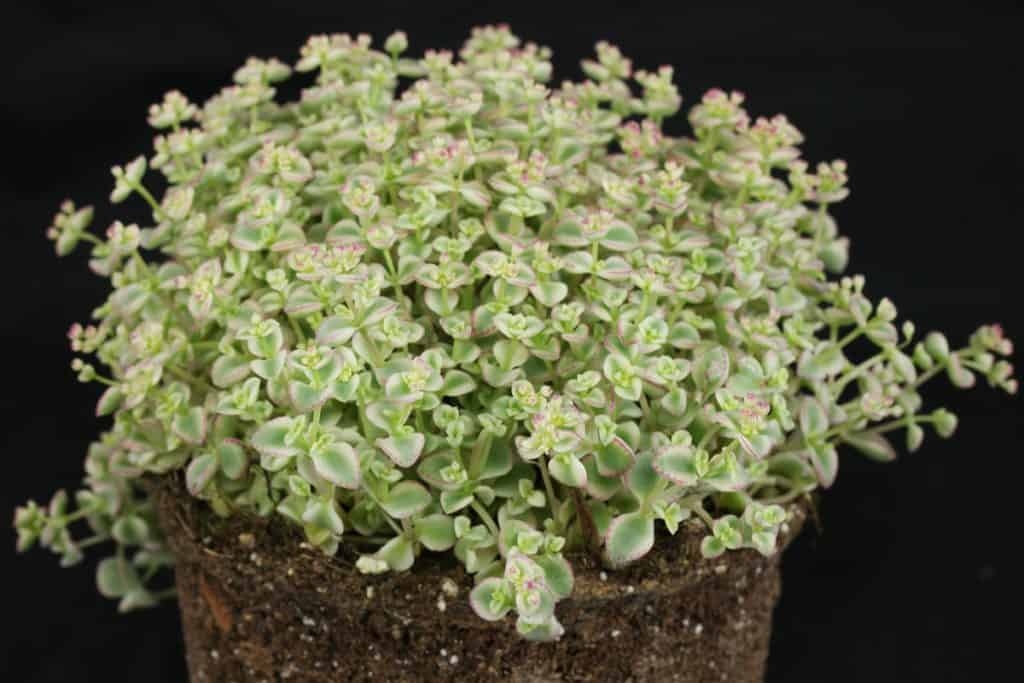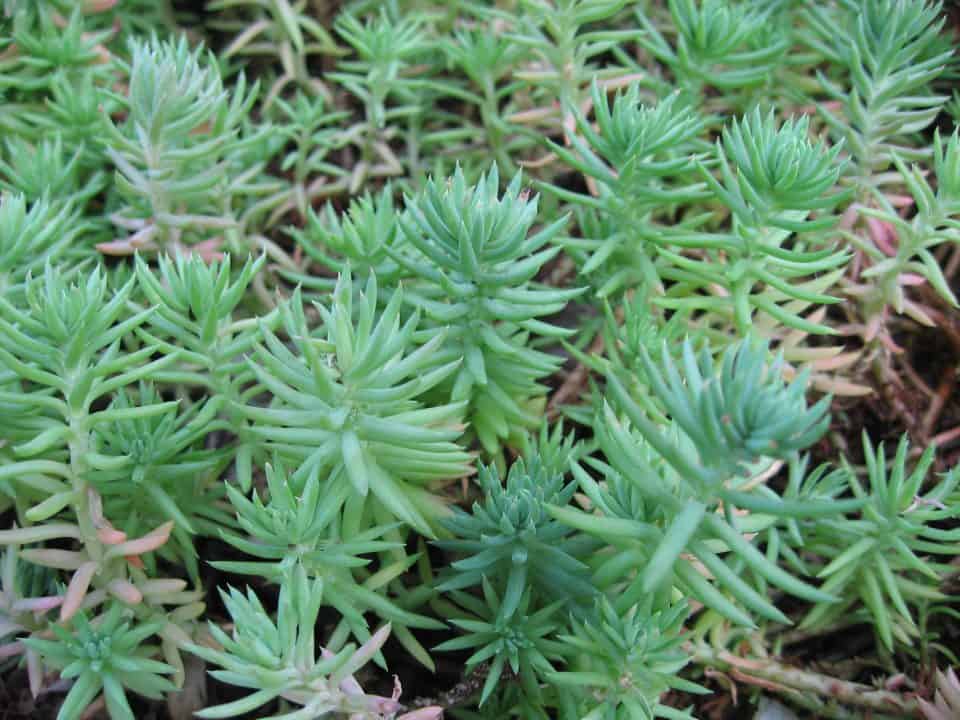Sedum little missy plant is a perennial succulent plant that thrives in hot and dry areas of your garden and looks great even if it’s neglected for a few months at a time. However, this plant does have some very specific care requirements that must be followed to keep it healthy and beautiful.
Little missy is an excellent plant for anyone who wants to add some texture and color to their garden without the hassle of having to take care of it every day. It’s extremely low maintenance, drought-tolerant, and can even survive being underwater! However, like all succulents, it needs proper care in order to thrive in your home garden.
The Sedum little missy plant isn’t your average houseplant – but you’ll love it anyway! If you’re not familiar with this low-maintenance succulent, you may be wondering how to care for a sedum missy once you get it home from the nursery. If so, this sedum little missy care guide will walk you through the process step by step and help you to maintain its beautiful pink foliage for years to come.
Here are some tips on how to care for Sedum Little Missy so you can enjoy its vibrant colors year-round!
Origin and descriptions
Sedum, also known as Stonecrop, is a type of succulent that originates from Eurasia. They are known for their ability to grow easily in almost any environment, even if they aren’t being properly cared for.
A sedum can stay alive and healthy in almost any light or temperature setting (but doesn’t do well in extreme heat or cold), and many people keep them as low-maintenance houseplants because of it. You should be able to find these plants at your local garden center during spring through fall; some stores may carry them year-round.
Sedum little missy propagation
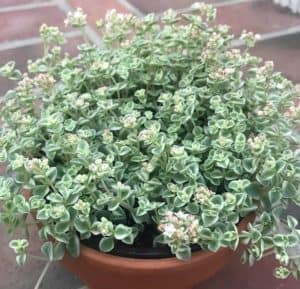
To ensure you have more little missies to fill your garden, consider propagating them from cuttings. Just take a 3-inch section of a healthy stem and stick it in some well-draining soil.
Ensure it’s sitting about 1⁄2 inch above soil level, and then water thoroughly. You can also wait until springtime to take your plants outside; just be sure to harden them off first so they aren’t caught by surprise when you bring them outside. Place them in a shady spot for one week before moving them into full sun.
Once there, gradually introduce them to outdoor conditions over 10 days or so. During the winter months, plant these plants indoors in pots filled with cactus potting mix (or something similar). If your indoor temperatures stay above 50 degrees Fahrenheit during the winter months, you can grow Sedum Little Missy year-round!
Be sure to provide adequate light (they love sunlight) and water frequently. They are drought tolerant once established, but don’t let that fool you—watering is still very important!
Sedum little missy plant care guide
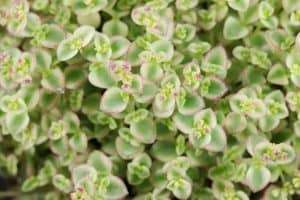
Sedum little missy, also called Stonecrop, is a genus of about 400-500 species in its own family. They’re perennials (living for more than two years) and most are succulents—meaning they store water in their leaves, stems, and roots. This characteristic allows them to thrive under extreme weather conditions where other plants might wither away.
Light requirements
They thrive in full sun or partial shade. In full sun, Sedum Little Missy will need supplemental water from April to August. In partial shade, it’ll do fine with little to no supplemental watering.
It’s important not to overwater sedums in general, as they tend to rot if left sitting in wet soil for too long. (If you’re concerned about over-watering your sedum plants, consider investing in a moisture meter).
Soil/potting mix
Keep in mind that Sedums are succulents and require well-draining soil. Using a regular garden potting mix or cactus/succulent potting mix is best, but if you can’t find any of those, you can use sand and add some compost to it. Be sure to thoroughly water your plant after re-potting! It will take several weeks for your sedum to recover from repotting and become established again.
Sedum little missy watering
There are many varieties of Sedum, and these come in a range of heights and widths. While most varieties should be watered once a week, make sure to research any specifics that pertain to your plant.
Overwatering your sedum little missy can lead to root rot while under-watering will cause stress on your plant and could kill it if not corrected quickly.
Remember: plants need at least an inch of water per week, so check often! Be sure to check with specific instructions for whatever variety you have.
Fertilizer
Like most succulents, little missy is a slow grower. Once per month, feed her with a water-soluble fertilizer. A good rule of thumb is to use one-quarter of what you would normally use for other houseplants. If you’re growing your sedum in a container, make sure to drain any excess liquid after watering so that it doesn’t sit around and rot your plant from overfeeding.
Temperature
Sedum Little Missy thrives at temperatures of 60 to 70 degrees Fahrenheit. As a succulent, it does not like extreme cold or heat and will not survive outdoors in harsh winters. This is a houseplant that thrives best under fluorescent lights. If you plan on keeping your plant outdoors during warmer months, it must be in a greenhouse or other structure where temperatures can be tightly controlled.
Humidity
Sedum little missy is a succulent that requires humidity. If you are growing it indoors, keep it near a humidifier or by your shower (where steam increases humidity). You can also spray with water a few times a week to increase ambient humidity. A common misconception is that plants need sunlight to grow; in fact, Sedums will thrive in low-light conditions, making them ideal for indoor gardening.
The ideal humidity range is 40-60% during spring and summer but can be higher in winter.
A hygrometer will help you monitor your plants’ humidity levels. If you don’t have one, a good rule of thumb is to mist your plant every few days when it feels dry to the touch. In addition, if your leaves are curling up or turning brown, they may be too dry for your plant.
Pruning
If you’re growing a sedum indoors, prune it often. Because these succulents don’t root well from cuttings, and because they grow quickly and spread via their creeping stems, pruning is one of your best weapons for keeping them looking tidy.
If you have a potted sedum that’s outgrowing its space or getting lanky, trim off some of its stems to keep it compact and healthy. You can also use pruning as a means of propagation: Let some stems go to flower, then snip them off just above where they branch—you should see little plantlets emerge from each stem node.
Snip those off at their base when they get big enough (just like with African violets), and pot up any survivors. They’ll make good houseplants once established!
When to repot
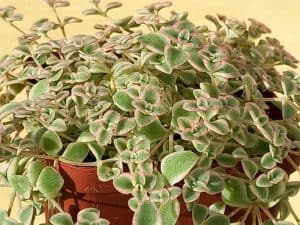
After three to four years, your sedum will likely require repotting. Because they grow so slowly, it’s best to wait until you’re ready to transplant new ones in their place before you do any work. In spring or early summer, remove each sedum from its pot and gently knock off any excess soil. Depending on its size and condition, you may need to transplant several at once.
Dormancy
Sedum little missy takes a dormancy in winter, so you’ll need to prepare for that. It should be safe to keep sedums alive as long as temperatures are above freezing at night and during days when it’s below 75 degrees Fahrenheit.
If temperatures drop below freezing at night, move sedums indoors or bring them in under blankets. In summer months when days are hotter than 100 degrees Fahrenheit, water them frequently to keep their leaves from turning brown.
Sedum little missy flower & fragrance
The fragrance of Sedum little missy is an often-underrated feature. The unique scent sedums have makes them even more pleasing to grow because they can fill up your garden or vase with sweet, fresh scents that liven up any area you’re in.
To maximize their aroma, it’s best to plant a selection of different species and varieties together so that you get a more prominent, layered smell. Sedums are also well-known for their ability to attract butterflies, bees, and other pollinators.
Growth rate
Like most succulents, sedum little missy is a slow grower.
Toxicity
Sedum little missy does not present a threat to dogs or cats. They are effective medicinal plants for humans. The plants contain sedative and antiseptic chemicals.
If you let your children play in a sedum patch, they should wash their hands afterward because the leaves can cause skin irritation.
USDA hardiness zones
Sedum little missy are at their healthiest when they are grown in zones with a hardiness level of six or higher.
The sedum plant is the least cold-tolerant variety and should not be used in zone five and below.
Pests and diseases
The most common pests and diseases for Sedum little missy are not uncommon to other houseplants. Most problems stem from overwatering, under-watering, or exposure to excessive light. Overwatering and under-watering both lead to root rot and stress respectively.
They look a lot like brown spots and shriveled leaves on your plant; you’ll want to keep an eye out for that kind of damage if you’re unsure of how much water your sedum should be getting. Excessive light can cause yellowing leaves.
You may also notice brown patches along leaf edges or in between veins. All three of these issues can be treated with fungicide spray (available at any garden center). If your plant is already infected, it’s too late, you’ll need to discard it and start over with a new one.
Conclusion
Sedum little missy is a very hardy plant, but it’s important to care for it properly. The plant requires well-drained soil with plenty of organic matter (such as mulch). It also needs a lot of sunlight, so position your plant in a sunny spot. Fertilize every two weeks throughout its growing season.
Deadhead spent blooms immediately to encourage healthy growth. Your Sedum will quickly turn into an attractive ground cover that attracts bees and butterflies to your garden.
